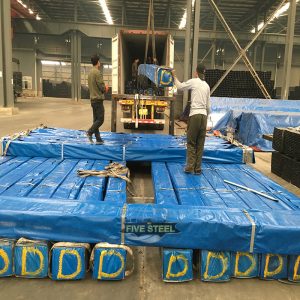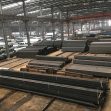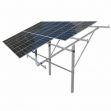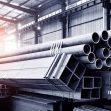Energy efficiency benchmark for the steel pipe industry
In an era of growing environmental consciousness and the need for sustainable practices, industries around the world are striving to reduce their carbon footprint and improve energy efficiency of Cold Rolled Round Steel Pipe. The steel pipe industry, which plays a vital role in infrastructure development, is no exception. Recognizing the importance of energy conservation, stakeholders in the industry have come together to establish an energy efficiency benchmark for steel pipe manufacturing processes. The energy efficiency benchmark serves as a guideline for steel pipe manufacturers to assess their energy consumption and compare it with industry standards. By setting clear targets and providing a framework for optimization, this benchmark aims to drive innovation and promote the adoption of energy-saving practices throughout the industry.
One of the primary areas of focus in the benchmark is the manufacturing process itself. Steel pipe production involves various stages, including raw material preparation, steelmaking, pipe forming, and finishing. Each of these stages requires substantial energy input, making it crucial to identify opportunities for improvement. By analyzing energy consumption at each step and implementing energy-saving technologies and practices, steel pipe manufacturers can significantly reduce their overall energy usage.
Furthermore, the benchmark encourages the adoption of advanced technologies and equipment that promote energy efficiency. For instance, the use of high-efficiency electric arc furnaces and induction heating systems can result in substantial energy savings during the steelmaking process. Additionally, implementing smart controls, such as optimized temperature and pressure control systems, can minimize energy losses during pipe forming and finishing operations.
Another aspect emphasized by the energy efficiency benchmark is the importance of employee awareness and training. Educating the workforce about energy-saving practices and encouraging their active participation in energy management can yield significant results. Simple measures, such as turning off equipment when not in use, optimizing production schedules of round steel pipe to reduce idle time, and conducting regular maintenance to ensure equipment operates at peak efficiency, can all contribute to energy conservation.
The benefits of achieving energy efficiency in the steel pipe industry are multifaceted. Firstly, reduced energy consumption translates to lower operating costs for manufacturers, enhancing their competitiveness in the market. Secondly, energy-efficient practices contribute to a significant reduction in greenhouse gas emissions, thus mitigating the industry’s impact on climate change. Finally, by setting a benchmark and encouraging the sharing of best practices of square steel pipe, the industry as a whole can move towards a more sustainable future. In a word, the establishment of an energy efficiency benchmark for the steel pipe industry marks a significant step towards sustainable manufacturing practices.
Tel: +86 18202256900 Email: steel@tjdpbd.com










